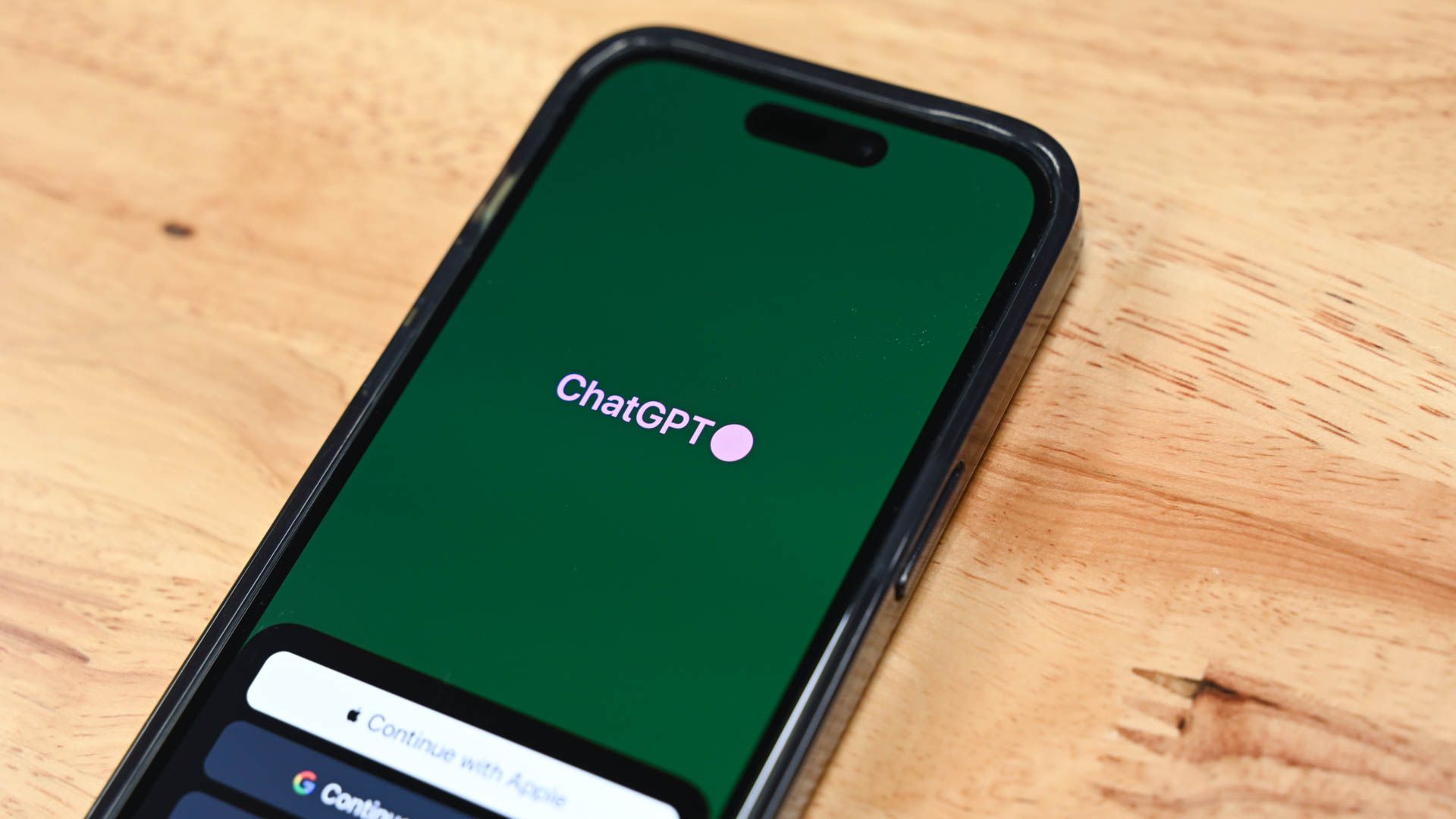With more and more AI-generated content on the internet, it makes sense that many people want a reliable way to know if a given text is AI-generated or not.
Sadly, there is no way to conclusively determine if a text is AI-generated, which leads people to making false connections, or developing the unwarranted belief that they can tell when something is written by AI. Now, my beloved em dash has been caught in the crossfire.
What’s an Em Dash (And Why Do We Use Them?)
The em dash—the bread of this sandwich—is a punctuation mark that’s sometimes used as a more dramatic comma or parenthesis. It’s used to call attention to parts of a sentence—like this—and guide the rhythm and flow of writing.
It’s one of the most versatile punctuation marks, but you’ll rarely find it in day-to-day or casual writing. The em dash mostly lives in published books and other professional literature.
Some People Think Only AI Text Generators Use Em-dashes
Because text generators like ChatGPT have been trained on a huge amount of good writing, you’ll see quite a lot of em dash use in the text. Personally, I don’t see it as much in ChatGPT text as some people claim, but it’s certainly present to a greater extent than the typical person’s writing would contain.
The thing is, em dash use is something you see from professional writers, which means that believing that usage of the em dash is a sign of AI would lead to plenty of legitimate human writers being accused of using AI to create their content.
As one freelancer writer laments in a post on X, the so-called “ChatGPT hyphen” would make her work as a professional writer look like AI to people who believe it’s a sign of AI writing.
I already worry that professional writers will start avoiding the em dash in their writing, which will almost certainly remove a lot of the personality and craft from their work. It’s like asking someone to remove a tool from their toolbox, leading to a situation where you have to use a screwdriver as a hammer.
Except, Human Writers Love Em Dashes Too
The use of em dashes isn’t really something that’s emphasized in school, so it’s mostly college-educated folks, particularly those who studied language, literature, and the humanities in general, that are most likely to use em dashes in their writing.
Here at How-To Geek, we actively encourage our writers to use—but not overuse—the em dash. We want writing that has some verve. It has to be entertaining and fun to read—the em dash can do that and more!
Every person who writes for a living can probably admit to getting a little too enthusiastic about the em dash, but it would be a real tragedy if it went extinct simply because of a spurious association with AI, brought on by people who perhaps don’t read the sort of literature that typically features this wonderful bit of punctuation.

Related
You Don’t Need ChatGPT Plus to Use Custom GPTs, Just to Make Them
My custom GPT doesn’t care if I’m premium or peasant.
The Tell-tale Signs of AI Text Are More Subtle
Insofar as anyone can tell whether something is written by AI, the actual signs that a text comes from a bot might be much more subtle than the presence of a (relatively) common punctuation mark.
As someone who edits hundreds of articles every year by writers looking to break into the business, combined with reading a ton of AI-generated content, there are some things that set off alarm bells in my head.
Of course, no one can prove that a given text is AI-generated, but in practice it doesn’t matter whether something sounds bot-like because a real human writes that way, or it actually does come from an LLM—we can do better.
Of course, a lot of the stuff I personally notice in ChatGPT text, for example, may change or go away as the models advance, but here are some observations:
- Overuse of the “It’s not just X, it’s Y.” formulation. E.g. “Metallica isn’t just a band, it’s a musical revelation.”
- A tendency to pad out text with redundant sentences that repeat information we already have, or don’t actually say anything of substance. Of course, this is also exactly what inexperienced writers chasing a word count have always done.
- A weird, impersonal, and inappropriate professional tone. Though some style guides demand exactly this from people too.
What makes this task even more impossible, is that you can use clever prompting to make chatbots like ChatGPT drop these bad habits and sound more human. You can even give it samples of your own writing and have it copy your style.
Don’t Bother Trying to Detect AI Text
Ultimately, whether the text you’re reading was generated by AI or not is almost beside the point. If the writing you see doesn’t read well and is riddled with inaccuracies, it should be disregarded. By simply engaging critically with a text, you’ll end up only paying attention to good writing, and if you’re of the opinion that AI software can’t produce good writing, then it’s better than simply picking on em dashes as a way to filter likely AI text out.

Related
How AI Content Detection Works (and Why It Often Doesn’t)
AI content may be getting too smart to detect.






